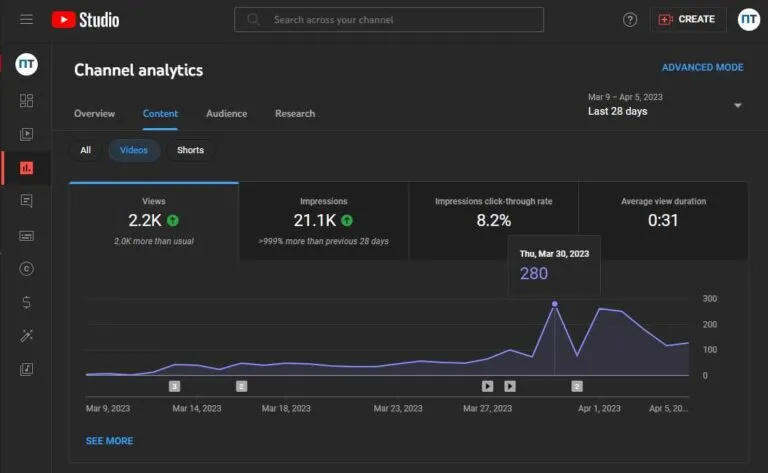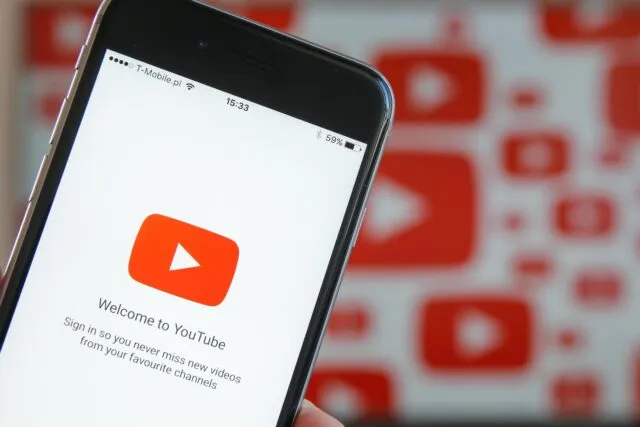When it comes to online platforms, privacy is a big deal, and YouTube is no exception. Many viewers wonder how much of their viewing activity is tracked and what information is available to content creators. The truth is, YouTube places a significant emphasis on user privacy. The platform doesn’t disclose personal information about viewers to YouTubers. This means that if you watch a video, the creator won’t know your name, email, or any other identifying details. Isn’t that a relief?
However, YouTube does collect data on viewing habits, which is aggregated and anonymized. This ensures that while YouTubers can see general trends, they can’t pinpoint individual viewers. For instance, a creator might see that 10,000 people watched their video, but they won’t have access to any personal info about those viewers.
Let’s break it down:
- No Personal Information: YouTubers do not get specifics about who watches their videos.
- Aggregated Data: Creators can see overall statistics, like views, watch time, and demographics.
- Viewer Control: Users can control their privacy settings, deciding who can see their activity.
This focus on privacy allows viewers to enjoy content without the fear of being tracked or identified. It’s a win-win for both parties!
What YouTubers Can See

While YouTubers can’t see the individual identities of their viewers, they do have access to a treasure trove of analytics about their videos. YouTube provides creators with various metrics that can help them understand their audience better and improve their content. Here’s a look at what they can actually see:
| Metric | Description |
|---|---|
| Views | The total number of times the video has been watched. |
| Watch Time | The total minutes that viewers have spent watching the video. |
| Audience Retention | How well viewers are sticking around for the duration of the video. |
| Demographics | General information about the age, gender, and location of viewers. |
| Traffic Sources | Where viewers are finding the video (search results, suggested videos, etc.). |
With these insights, YouTubers can tailor their content to better meet their audience's preferences. For instance, if a creator notices that viewers drop off early in a video, they might reconsider their intro style. Ultimately, while viewer identities remain a secret, the data available empowers creators to make informed decisions and enhance their channel's performance.
Also Read This: How to Download YouTube Videos on Fire Tablet for Offline Viewing
Limitations of YouTube Data

When it comes to understanding viewer behavior, YouTube provides content creators with a wealth of data, but there are significant limitations to what can be gleaned from this information. One of the most notable restrictions is that while creators can see the number of views, likes, and comments on their videos, they cannot identify specific individuals who watched them. This means that the data is aggregated, leaving out personal details that could help tailor content more effectively.
Moreover, YouTube's analytics tools offer insights into audience demographics, such as age, gender, and geographic location. However, they do not provide a breakdown of who exactly watched each video. Here are some key limitations:
- Anonymity: Individual viewer identities remain completely private, ensuring user anonymity.
- Aggregated Data: All statistics are presented in aggregate forms, which may obscure individual viewer behavior.
- Real-Time Limitations: Analytics data is not updated in real-time, which can delay understanding of recent viewership trends.
- No Insight into Specific Engagement: While you may know which videos get the most views, you won’t know how viewers engage with particular content.
Also Read This: Understanding iStock Royalty-Free Licensing
Implications for Content Creators

The lack of specific viewer data can have both positive and negative implications for content creators. On the one hand, the anonymity fosters a comfortable space for viewers, allowing them to engage without fear of judgment. This encourages more people to watch and interact with videos. On the other hand, creators might find it challenging to build a loyal community without knowing who their audience members are.
Understanding the audience is vital for tailoring content. Here are some implications to consider:
| Implication | Description |
|---|---|
| Content Strategy | Creators must rely on analytics about demographics and engagement metrics to refine their content, often necessitating guesswork. |
| Community Building | Without knowing specific viewers, building a strong community feels more challenging, as personal connections may be harder to establish. |
| Feedback Loops | Creators might need to encourage viewer interactions through comments and polls to gain more insight into their audience’s preferences. |
In summary, while the anonymity of viewers protects their privacy, it complicates how creators can connect with and understand their audience’s needs. Balancing these aspects is crucial for thriving on the platform.
Can a YouTuber See Who Watched Their Videos?
YouTube is a platform that allows content creators, commonly known as YouTubers, to share videos with a global audience. One common question that arises among creators is whether they can see who specifically has watched their videos. The answer is both straightforward and complex.
As of now, YouTube does not provide creators with the ability to see the identities of individual viewers. However, YouTubers have access to a range of analytics that can help them understand their audience better. Here are some key features available through YouTube Analytics:
- View Count: Total number of times the video has been viewed.
- Demographics: General information about the audience, including age, gender, and geographic location.
- Traffic Sources: Insights into how viewers found the video, such as through search, suggested videos, or external links.
- Watch Time: The total number of minutes viewers have spent watching the video.
- Audience Engagement: Metrics like likes, comments, shares, and subscriptions gained from the video.
While YouTubers cannot see the names or specific accounts of viewers, they can use this data to tailor their content and engage with their audience more effectively. Moreover, privacy concerns are a significant reason behind this limitation, as YouTube aims to protect user anonymity.
In conclusion, while YouTubers cannot see who specifically watched their videos, they can access a wealth of data that helps them understand their audience's behavior and preferences, allowing them to create more engaging content.